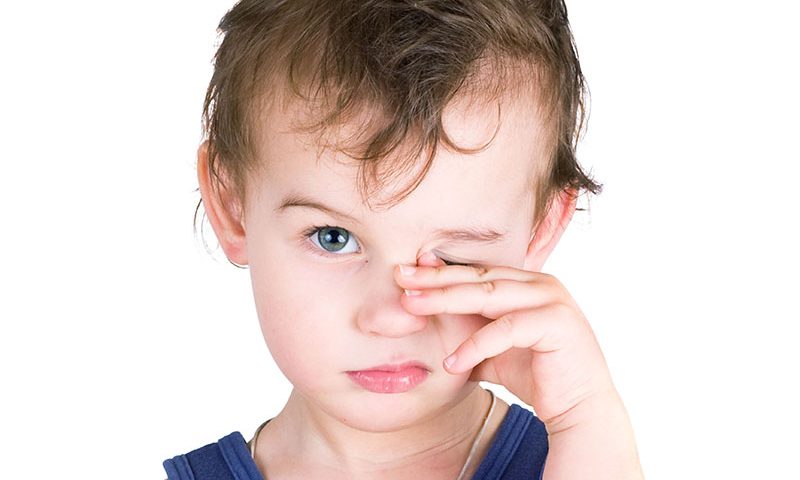
There are many tiny glands along the eyelids, their main function is to produce the lipid of the tear film which helps to reduce its evaporation. Under normal condition, these glands are unobstructed, however any blockage of them will cause stye or chalazion. As kids have a higher chance of getting stye or chalazion, parents should pay more attention of their lid hygiene. The following will talk about the difference between stye and chalazion, their causes, treatment options and preventive measures.
The difference between stye and chalazion
Those who have stye or chalazion will have a lump at the edge of the affecting eyelid. From the pathological point of view, the cause of stye and chalazion is different. Stye is an acute bacterial infection of the glands of the eyelids, which leads to pus inside the glands. Patients with stye usually will feel pain. On the other hand, chalazion is a chronic inflammation of the glands of the eyelids, which leads to metabolic waste being accumulated inside the glands. Patients with chalazion usually will not feel very strong pain, but some discomfort around the lump. The chance of having chalazion is generally higher than stye.

Causes of stye and chalazion
- Irregular sleep cycle and staying up late, causing excessive tiredness of eyes
- Stressful lifestyle causing hormone imbalance
- Using unclean hands to rub eyes
- Having too much oily food
- Active gland secretion during puberty may increase the chance of gland blockage
Treatment
Treatment options for both stye and chalazion are similar and are as follows:
- Patients with mild and early symptoms can try warm compression. Hot clean towel or boiled egg covered with clean towel can be used to cover the affecting area for 10-15 mins, do it 2-3 times per day and persist for 1-2 weeks. Warm compression can usually cure the diseases with mild symptoms. One thing to remind is that the temperature of the towel should not be too high, otherwise it will burn your skin.
- Those with severe symptoms should seek help from ophthalmologists. They will prescribe antibiotics to kill the bacteria and to prevent infection from happening, and/or prescribe steroid for relieving the inflammation. Steroid must be used under medical supervision, long term use of steroid will lead to severe complications.
- If both warm compression and pharmaceutical treatment are unable to resolve the disease. Ophthalmologist may have to perform a minor surgery to remove the pus or deposits accumulated inside the gland. It is a minor procedure and takes about 15 mins to finish.
Preventive Measures
- Having a good lifestyle, and regular sleep cycle
- Having less oily food
- Keeping good personal hygiene, and avoid using hands to rub eyes
- For those kids with frequent recurrence, parents can use Q-tips which are soaked with some diluted baby shampoo (as they are not irritable to eyes) to scrub the upper and lower eyelids daily, so as to ensure good hygiene at and around the eyelids.
